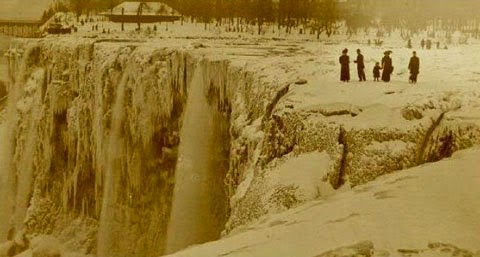The pioneer Hindi TV Serial, Hum Log was aired on DD National in 1984. The Indian audience loved the show and the characters have become legend and the soap a common name in the world of Indian Television. Hum log was a story of an Indian middle class family and their daily life struggles. Written by Manohar Shyam Joshi, the title score was composed by legendary music director, Anil Biswas. However, this soap has great significance in the history of India Television. Owing to the broadcasting of Hum Log in 1984-85, Indian TV saw an important turning point in the growth of television in India.
Hum Log was India's first long-running soap opera. Hum Log was a dramatic serial that was aired mainly to entertain audiences. These soap operas were called telenovelas, literally meaning "television novels", where they are the most popular genre of television programming. Hum Log was a special kind of soap opera that utilized the entertainment-education strategy by intentionally placing instructive content in this entertainment message. The idea of such an entertainment-education soap opera came to India from Mexico, where Miguel Sabido, a talented television producer-director created a methodology for inserting educational issues in an entertaining medium by designing positive, negative, and transitional role models for the educational values that were being promoted.
Around 156 episodes of Hum Log were broadcast in Hindi for 17 months during the years 1984-85. The television program promoted such social themes as gender equality, small family and planned family, and national integration as well. At the end of each 22-minute episode, veteran Hindi film actor Ashok Kumar used to discuss the on-going story and situations with the audience in a unique style, using Hindi couplets, and limericks. Ashok Kumar connected the drama to viewers' everyday lives and thus created a special place in their lives, where the audience could connect their day to day chores. While discussing any negative aspect, he used to openly ask for public review and also encouraged them to inform any such real incidents that they have witnessed.
The study of Hum Log's audience review showed that a high degree of para-social interaction occurred between the audience members and their favorite Hum Log character. Para-social interaction is the perceived face-to-face interpersonal relationship that develops between a television viewer and a media role model. For instance, many Hum Log viewers reported that they routinely adjusted their daily schedules to see their favorite characters and their lifestyles. Many other individuals reported talking to their favorite characters through their television sets and also realized the real life obstacles that often come up in others lives if not theirs. Vinod Nagpal as Basesar Ram, Jayshri Arora as Bhagwanti, Rajesh Puri as Lallu, Abhinav Chaturvedi as Nanhe, Seema Bhargava as Badki, Loveleen Mishra as Chutki, Divya Seth as Majhli, Lahiri Singh as Dadaji and Sushma Seth as Dadi were the pivotal characters of Hum Log TV Serial.
Hum Log achieved audience ratings of 65 to 90 percent in North India and between 20 and 45 percent in the prime cities of South India. About 50 million individuals watched the average broadcast of Hum Log.

























